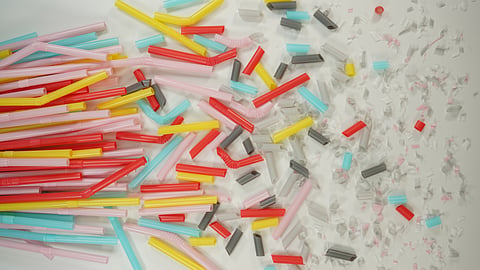Microplastics have been reported to be ingested by marine organisms directly and can be transferred from prey to predator. Through edible fish, crabs, oysters, mussels, and other sources of sea food, microplastics can enter human systems.
In fish the predatory behaviour gets affected due to confusion between these micro beads and an actual prey, resulting in malnutrition and gradual built up in gills, gut and stomach. Accumulation of microplastics in tissues can lead to swelling, blockage, cytotoxicity, oxidative stress, disruption of energy flow and other unfavourable consequences.
Apart from these effects, chemicals that are added to plastics to make them durable, resistant, and flexible may add to the toxic profiles of microplastics. Further, microplastics also act as a medium on to which microorganisms, organic and inorganic pollutants, present in the ocean may get absorbed.


